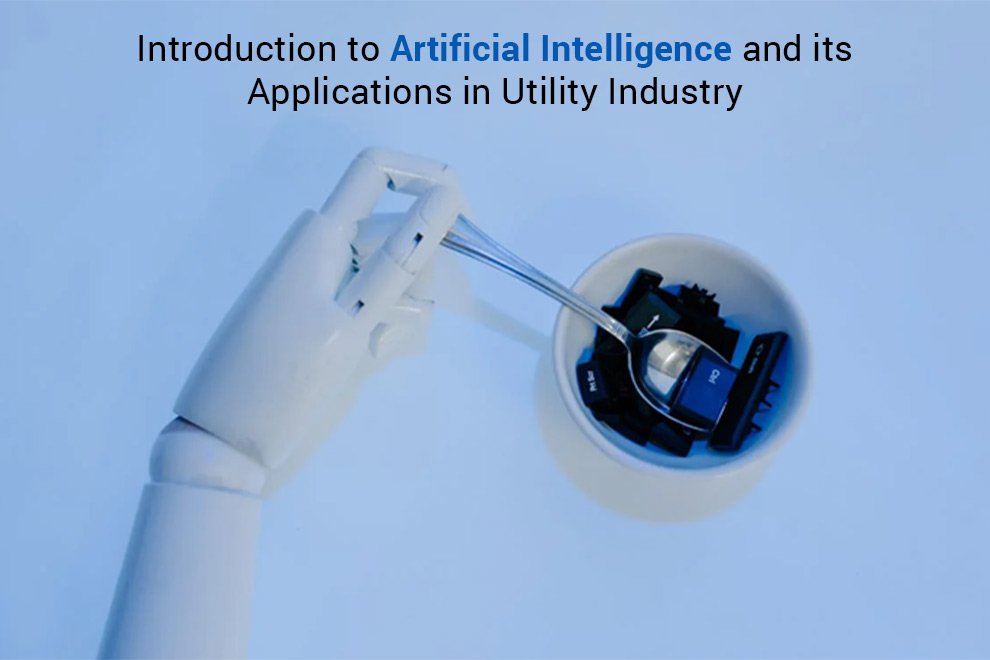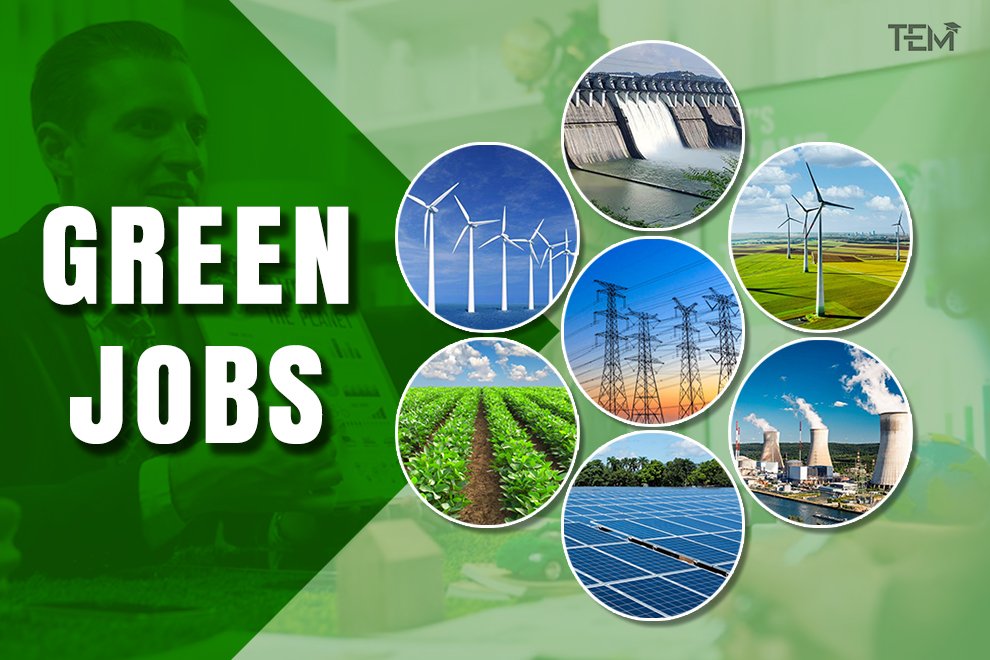Posted on June 19, 2024
AI Importance in Utility Industry and its deliverance in improving performance and customer satisfaction
Over the past few years the field of artificial intelligence (AI) has presented itself within numerous sectors, including the sector for utilities. This powerful technology is making fortunes for the utility companies while at the same time improving the performance and the customer satisfaction.
Looking at AI in the utility industry and then defining the subject
Artificial intelligence entails an ability of a computer system to complete tasks that normally would require human intelligence. In the utility industry, AI includes machine learning algorithms, NLP, computer vision technologies. These tools indulge in analysis of huge volumes of data with the view of making forecasts, enhancements and automation.
Key Applications in Utilities
AI is being leveraged in numerous ways within the utility sector:
- Smart Grid Management: Real time and predictive demand and distribution of power and anomaly detection and power management algorithms for AI.
- Customer Information System Enhancement: Using conversational AI in business enhances the customer experience and optimizes the billing procedure.
- Predictive Maintenance: Frequent equipment outage incidents are predicted by machine learning algorithms, increasing equipment uptime and using less maintenance budgets.
- Geographical Information System Integration: AI strengthens GIS in diverse aspects such as updating assets and guide in network designs.
A good example of an application of AI is the Oracle Customer to Meter solution that incorporates AI for a utility perspective and a customer perspective. such integration of AI with more conventional forms of utility infrastructure can be considered a large step in terms of overall industry modernization.
Application of Artificial Intelligence in the Efficiency of Utility Industry
Artificial intelligence (AI) is now becoming widespread to improve the ways utilities manage their business and enhance performance. Smart solutions driven by artificial intelligence contribute to efficiency in the attempt undertaken by utility companies in the tasks of managing, supplying, and planning the infrastructure.
Improving the Management and Maintenance of Grid
Artificial intelligence has become highly relevant for grid management and infrastructure development and improvement. Smart meters and other connected devices allow AI to scan large volumes of data and automatically address load balancing while also identifying problematic situations ahead of time. For instance, Exelon has adopted the use of intelligent drones for performing inspection of the power grid for defects with an aim of improving maintenance schedules.
Enhancing Customer Relations
The application of this technology in customer information systems has directly improved user experiences. Since the energies are smart, one is now able to receive reports on energy consumption of a house or an individual appliance. Such specific information helps to determine which customers should be offered recommendations as to how to reduce their energy consumption. Customers and clients can interact with intelligent chat bots and virtual assistants available for consultation throughout the day and night to address their questions and get personalized tips on energy conservation.
For Resource Management
There are many ways that AI is becoming integrated into the utility industry and the way that resources are managed, especially those of the renewable energy type. Modern AI techniques can help in proper coordination of DERs such as photovoltaic panels and batteries into the grid. Moreover, usage demands are improved by AI, which helps the utilities to adjust for maximum usage through and manage the supply better. Even more, integration of AI in geographical information systems enhances asset management and operation in the utility industry.
GIS of Utility Assets: employing the use of AI technology.
Promising for Reshaping the Methods for Asset Mapping and Inspection
Utility companies are experiencing innovation when it comes to managing assets with a partnership between AI and GIS. Combined with with the concept of GeoAI word based on geographical space, these utilities are able to automate processes, make accurate predictions, and analyze large amounts of data. For example, an intelligent utility mapping system can produce GIS map, or graphic information systems map of the utility poles and assets, as well as inspect the overhead electric distribution systems with accuracy of over 98 percent.
Optimization of Efficiency and Risk Control
Currently, utilities can incorporate the use of artificial intelligence and machine learning to help cut down on the extensive physical assessments and surveys that are conducted and are based on old maps. There are now available digital applications for massive cloud-based platforms that can diagnose various defects ranging from cracked insulators, rust buildups and even transformer leakage on a number of distribution and transmission components. Thus the usage of this technology not only increases efficiency and cost reduction but also riks and safety.
Infrastructure investment has to be optimized
This involves among other factors, the selection of appropriate technology to use in the investments and the choice of the right people to execute the projects.
Coordinated GIS solutions with Artificial Intelligence help the utility leaders to strategize, focus and allocate resources on their facility. These systems include regular monitoring for changes in dams and assessment of the point in a water pipeline’s existence when it is at greatest risk to failing. Together with location intelligence and AI, utilities can deliver better and quicker decisions – all of this for a more effective and sustainable utility industry.
Oracle Customer to Meter Applications for AI
Improving the Utility Operations Using the Data Intelligence
The heads of Oracle’s Energy and Water Data Intelligence solution are redefining the utility sector using AI to integrate data while boosting its AI initiatives. Unlike other CIS/Metering solutions, this integrates with and builds on the Oracle Customer Information System to give utilities and metering companies a powerful new operational analysis and reporting tool. Oracle also notes that it provides ready access to provide ready actionable industry-specific intelligence to help companies to make efficient decisions.
Improving Grid Management and Customers Relations
The application of AI in Oracle’s utility solutions consists of more than the conjoining of data. AI is used in Oracle’s Distributed Energy Resource Management System (DERMS) to enable real-time self-organizing, modeling, monitoring, and management of all forms of distributed energy resources. For customers, Oracle Utilities Opower AI employs artificial intelligence to produce customized advisory statements, and change direction the behavior of the customers, thus optimizing utility business outcomes.
Scalable Use of Big Data for Utility Information
Oracle solutions for utilities enable customers to leverage real time data, artificial intelligence, and machine learning to help utilities make smart business decisions in areas covering customers, metering and grid. The Oracle Utilities Analytics suite comprises a wide range of data visualization and business intelligence mechanisms that enable utilities to leverage the computational capability of the Oracle Cloud. It allows utilities in forecasting and avoiding asset issues, optimizing capital expenditure management, and increasing efficiency in field services, all of which can be easily interfaced with Oracle geographical information system and other utility solutions.
The future of artificial intelligence in CIS
Building Highly Specialized Relational Communication Encounters
The change and the future of artificial intelligence in customer information systems for the utility industry are likely to redefine the way customer relationships are managed. Data analysis of consumption data about energy through artificial intelligence will help utilities understand each consumer’s energy consumption detail and help in Personalized communication with them. The service like watching a movie on Netflix will change how utilities communicate with customers/households, notifying them about the likelihood of high bills and giving suggestions on how to save on energy.
AI Assisted Initiative and Productivity
AI-based virtual assistants will improve the ability of the AI to handle complex customer inquiries and respond to the queries right away. These AI agents will perform numerous activities that include the provision of service, payment processing among others thus relieving human agents of the stress. Furthermore, AI will increase the productivity of live agents by automatically populating the caller information, changing the details, and giving the tips to the agents during the calls.
Data-Driven Decision Making
Utilities will be able to transform their business processes, with the help of applying artificial intelligence to customer information systems. AI will analyze the characteristics of calls, the issues raised by clients, and any challenges that may be occurring in the operations to support ongoing improvement of customer relations. This data orientation will be necessary as more regulators start using the performance-based ratemaking approach that expects utilities to meet emerging customer-oriented standards.
Conclusion
And as I have demonstrated, AI is revolutionizing the utility industry in quantifiable and qualitatively distinctive ways. GPS, Oracle Customer to Meter, and other platforms are revealing how AI is underpinning operations, delivering better customer care, and accelerating growth across the board. The most promising area of work with AI is considered SQL of course, the integration of AI with customer information systems is particularly promising here providing an unprecedented amount of insight into usage and consumers’ behaviors. Therefore, while these technologies remain in the development process, organizations that adopt AI in their utility businesses will be in a good place to thrive with the escalating complications in the energy sector. It’s a future of increased reliability, sustainability, much of which is manifested in the desires of today’s utility consumers.
Indeed, artificial intelligence (AI) is currently transforming customer information systems (CIS) in the context of a liberalizing and developing utility industry. While using all of these technologies, you’ll learn how AI can link to geographical information system (GIS) and applications such as Oracle Customer to Meter. These two features work hand in hand to enrich data processing, optimize decision making and to better manage processes within utility companies. The use of artificial intelligence in CIS is a critical move towards enhancing customer understanding or behavior, resource utilization and overall efficiency in service provision. The following article looks at how AI has revolutionized utility management and how other utility companies can follow its lead and adapt the new trends.
About Author
Jaya Krishna Tummala is a highly respected leader with an exceptional track record across business analysis, test management, cloud engineering, and Agile-Scrum. With extensive experience in cutting-edge software solutions and product development, he has demonstrated outstanding leadership in a variety of industries and at renowned organizations. His contributions have consistently yielded remarkable results, establishing him as a true pioneer in the field.
Also Read: 10 AI Marketing Tools to Boost ROI in 2025: Student Edition










